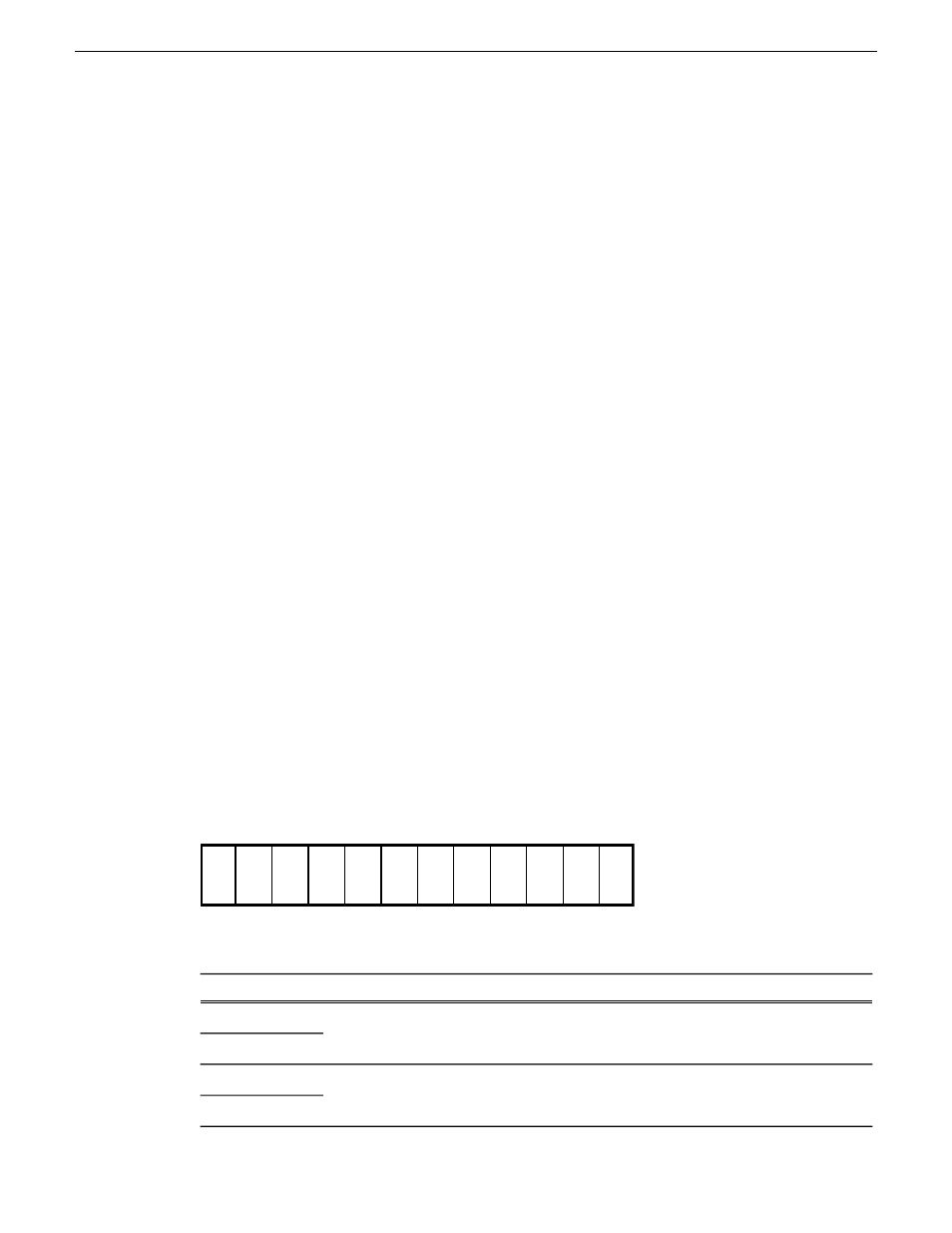Raid drive numbering k2 summit 3g system, Product description – Grass Valley K2 System Guide v.9.0 User Manual
Page 47

TCP: Used by GV ProductFrame Configuration Service, ProductFrame Discovery
Agent Service for use by SiteConfig. Used by GV NetConfig Service. gv-pf. UDP:
Used by GV NetConfig Service. gv-pf.
18262
UDP: Used by ProductFrame Discovery Agent Service for GV NetConfig Device
Broadcast/Unicast Protocol. Used by SiteConfig. Sent by ControlPoint, received
by Devices
18263
UDP: Used by ProductFrame Discovery Agent Service for GV NetConfig Controller
Protocol. Used by SiteConfig. Sent by Devices, received by ControlPoint
18264
UDP: Used for live streaming from K2 Summit/Solo systems. This is the default
base for UDP ports, with the range being 31820 to 31827. Other ranges are possible,
depending on the UDP port base configured on the K2 Summit/Solo system.
31820
HTTP: Used by Grass Valley K2 Config for K2Config application connection
between a control point PC and the K2 system device configured. Used for most
functions.
49168
TCP: Used by Grass Valley K2 Config for K2Config application connection between
a control point PC and the K2 system device configured. Used for a few functions
that require longer time periods.
49169
HTTP: Used by Grass Valley Transfer Queue Service for Transfer Manager
connection between source system and destination system.
49170
TCP: Used by Grass Valley AppService for AppCenter connection between control
point PC and K2 client/Solo.
49171
HTTP: Used by Grass Valley Storage Utility Host for connection for Storage Utility
between the control point PC and the K2 system being configured.
49172
UDP: Used by K2 Appcenter to discover K2 systems on the network.
50872
RAID drive numbering K2 Summit 3G system
In the K2 Summit 3G system, internal RAID drives are numbered as follows. This numbering is
displayed in Storage Utility.
Disk
0
Disk
1
Disk
2
Disk
3
Disk
4
Disk
5
Disk
6
Disk
7
Disk
8
Disk
9
Disk
10
Disk
11
Drives are configured as RAID 1.
Explanation
Drive numbering
These two RAID drives make up LUN 0.
Disk 0
Disk 1
These two RAID drives make up LUN 1.
Disk 2
Disk 3
06 November 2012
K2 System Guide
47
Product description
